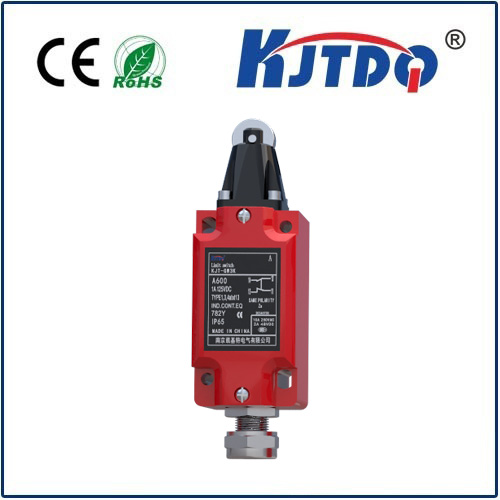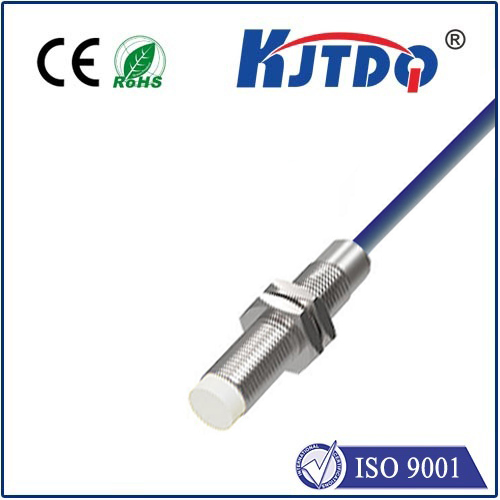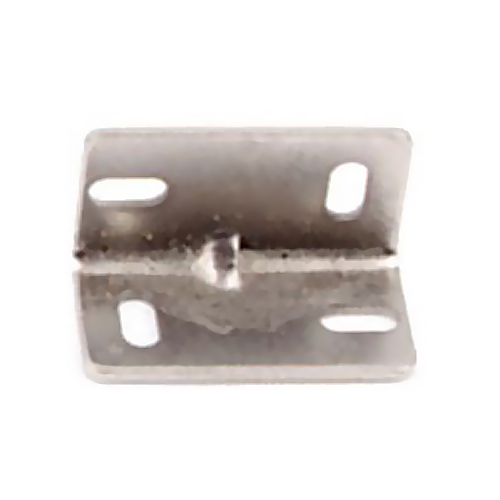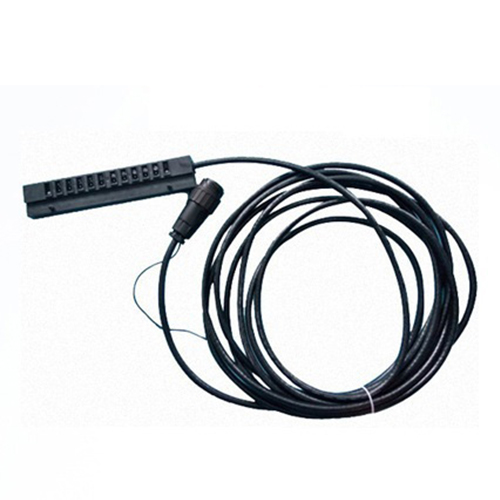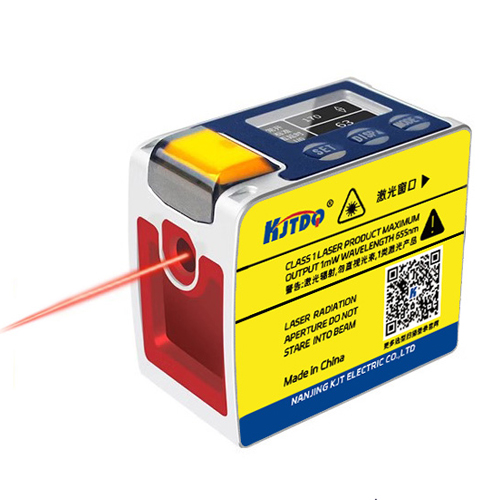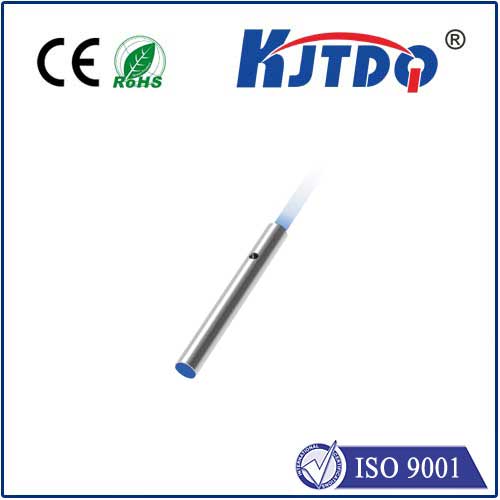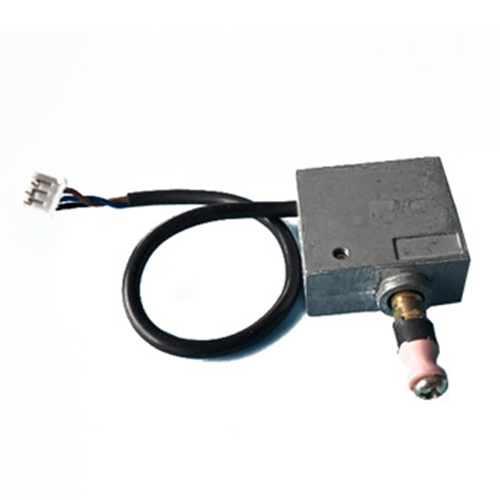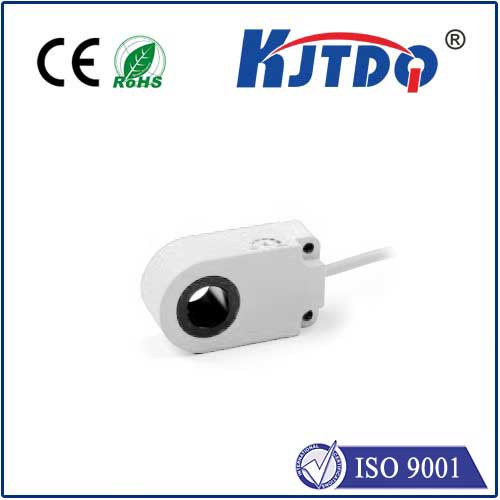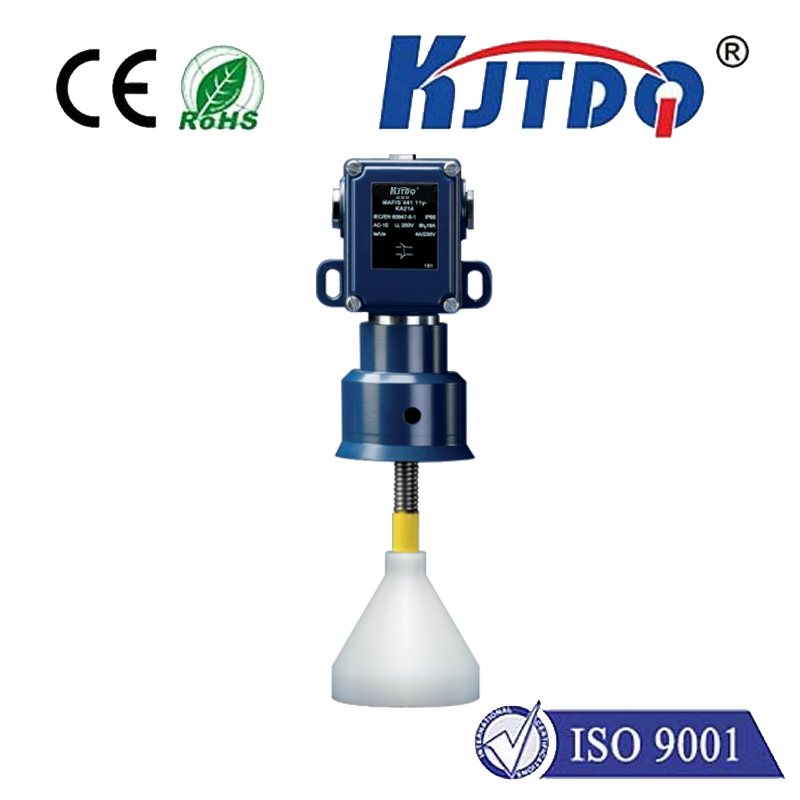reflective photoelectric beam sensor
- time:2025-07-23 14:51:49
- Click:0
Beyond the Beam: How Reflective Photoelectric Sensors Power Modern Automation
Imagine an invisible sentinel guarding a production line, instantly knowing when a crucial part arrives. Or a silent protector at a store entrance, registering shoppers without a physical barrier. These everyday miracles of automation often rely on a workhorse technology: the reflective photoelectric beam sensor. This ingenious device offers a compact, efficient, and highly reliable solution for countless object detection tasks, forming the invisible backbone of modern industrial and commercial systems. But how exactly does this technology achieve such feats, and why is it so widely adopted?
The Core Principle: Light, Reflection, and Detection
Unlike their through-beam counterparts requiring separate transmitter and receiver units, a reflective photoelectric sensor integrates both elements into a single housing. Its operation is elegantly simple, yet profoundly effective:
- Light Emission: The sensor projects a beam of light, typically from a high-intensity, long-life infrared LED (sometimes visible red or laser), towards a target area.
- Reflection: The emitted light beam strikes a specialized retroreflector (or sometimes a suitable reflective surface).
- Focused Return: Crucially, a retroreflector is designed to bounce the light beam directly back along its original path to the sensor housing, regardless of minor misalignments. This is key to reliable operation.
- Reception & Interpretation: A photodetector (like a phototransistor) within the sensor housing receives the reflected beam. The sensor’s internal circuitry continuously monitors the intensity of this returned light.
- Object Detection: When an opaque object interrupts the beam path between the sensor and the reflector, the reflected light signal drastically diminishes or vanishes entirely. The sensor detects this change and triggers its output signal accordingly – switching it on or off to signal the object’s presence.
This ability to detect objects by the absence of a reflected beam is the fundamental magic of the reflective photoelectric sensor.

Why Choose Reflective? Key Advantages Over Alternatives
Reflective photoelectric sensors offer a compelling set of benefits that make them ideal for numerous applications:
- Simplified Installation: The biggest advantage. Only one unit needs mounting and wiring, significantly reducing installation time, complexity, and cost compared to through-beam sensors needing two aligned components on opposite sides. Wiring runs are shorter.
- Compact Design: Combining emitter and receiver creates a smaller footprint, making these sensors suitable for applications with tight space constraints.
- Alignment Robustness: Retroreflectors inherently tolerate minor misalignments or vibrations better than trying to align two separate devices perfectly. As long as the sensor has a clear line of sight to the reflector within its functional range, detection remains reliable.
- Cost-Effectiveness: Generally, a single reflective sensor paired with a reflector is less expensive than purchasing and installing two separate through-beam components.
Where They Shine: Diverse Applications
The versatility of reflective photoelectric sensors ensures they are found almost everywhere automation exists:
- Industrial Automation: Detecting presence/absence of objects on conveyors, counting products, verifying part placement in assembly lines, monitoring bin levels (overfill/underfill), checking for jams, and verifying pallet positions.
- Packaging Machinery: Ensuring cartons, bottles, or containers are present before filling, labeling, or capping; detecting tamper-evident seals.
- Material Handling: Monitoring pallet movement through racking systems, detecting vehicles or carriers on AGVs (Automated Guided Vehicles), controlling automatic doors and gates.
- Security Systems: Providing reliable beam sensor detection for perimeter security (windows, fences, open areas) using long-range variants; activating alarms when the beam is broken.
- Retail & Access Control: People counting at entrances/exits, triggering automatic doors or turnstiles, detecting objects passing through security portals.
- Printing and Paper Handling: Verifying paper presence in printers/copiers, detecting double sheets, checking for jams.
- Food & Beverage: Ensuring containers are present for filling, verifying cap placement, detecting product flow.
Navigating the Options: Selection Considerations
Choosing the right reflective photoelectric sensor requires attention to several factors:
- Operating Range: The maximum reliable distance between the sensor and the reflector. Select models rated for your specific application distance.
- Beam Pattern & Size: Standard spots, focused laser spots, or wider beams for detecting varying object sizes or accommodating alignment tolerance.
- Output Type: NPN, PNP transistors, relay contacts, or analog outputs (for distance measurement variants - though true distance measurement is more common with diffuse sensors). Choose compatibility with your control system (PLC, relay, etc.).
- Light Sources: Infrared is predominant (invisible, less affected by ambient light). Red LED is visible for easier alignment. Laser versions offer highly focused beams for long ranges or small object detection.
- Housing & Environment: Consider the sensor’s IP rating (dust/water resistance), material (metal or plastic), temperature range, and resistance to chemicals or washdowns if applicable. Industrial environments demand robust housings.
- Target Reflectivity & Environment: While retroreflectors guarantee strong return signals, consider potential reflective backgrounds or highly reflective targets that might cause false triggers in specific setups (though retroreflectors are usually superior). Dust, fog, steam, or heavy vibration can impact performance and require models with stronger beams or environmental compensation features.
- Special Features: Look for timers, sensitivity adjustment potentiometers, teach functions, synchronization capabilities (to avoid crosstalk when multiple sensors are close), or polarization filters (essential for detecting shiny objects like glass or metal across the beam path).
The Clear Choice for Efficient Detection
The reflective photoelectric beam sensor consistently proves its worth as a reliable, cost-effective, and installation-friendly solution for object detection. By mastering the interplay of emitted and reflected light, this technology delivers robust performance in diverse settings – from the high-speed chaos of a packaging line to the sensitive perimeter of a secure facility. Its single-unit design simplifies logistics and maintenance, while advancements in optics and electronics continuously extend its range, reliability, and resilience in challenging environments.
Understanding their working principle – the interruption of a reflected beam – and carefully considering application requirements are key to unlocking the full potential of these ubiquitous automation workhorses. Whether counting shoppers, guarding a perimeter, or ensuring seamless production flow, the reflective photoelectric sensor remains a cornerstone of modern detection technology.






